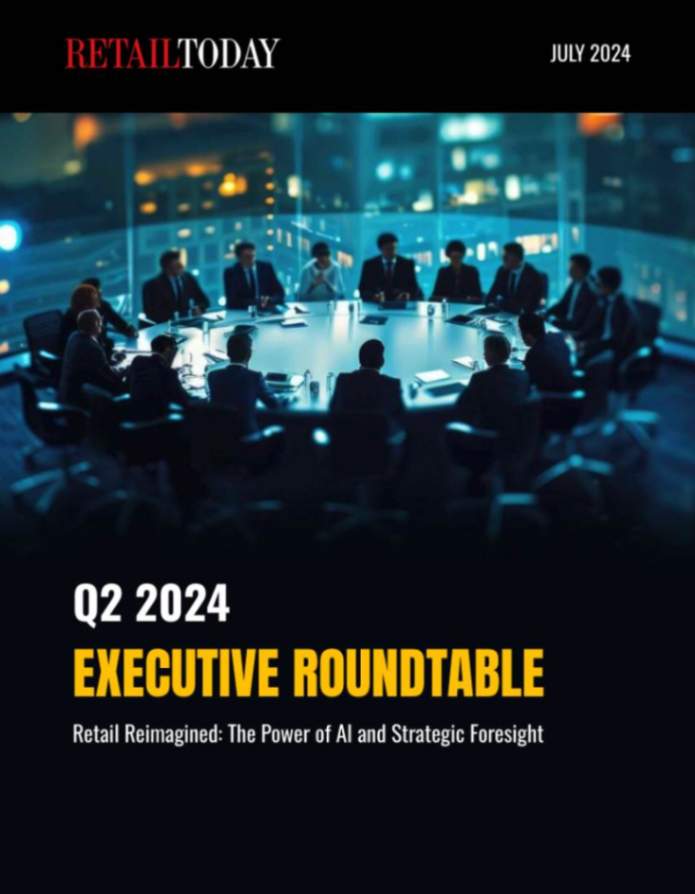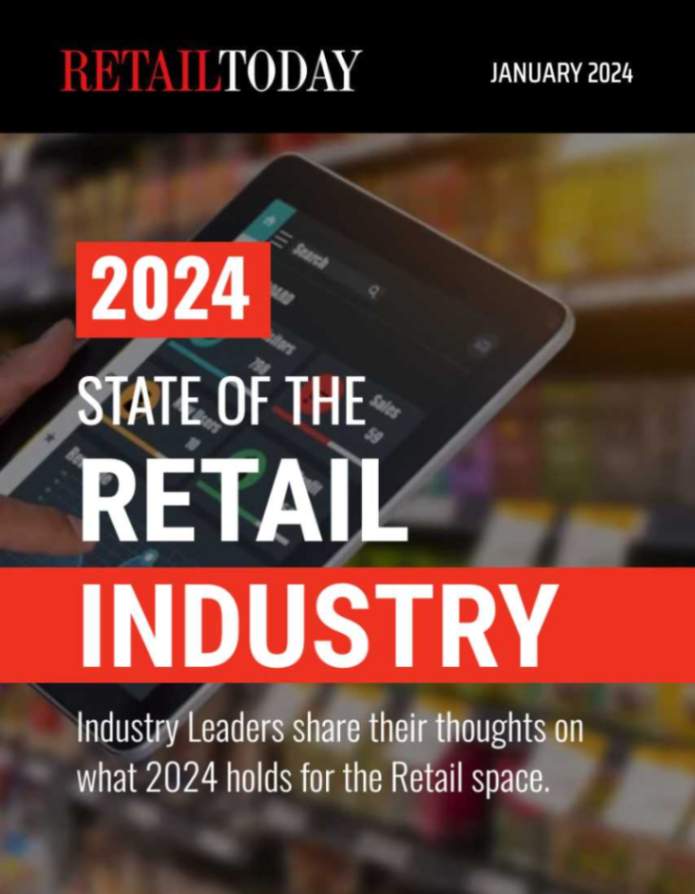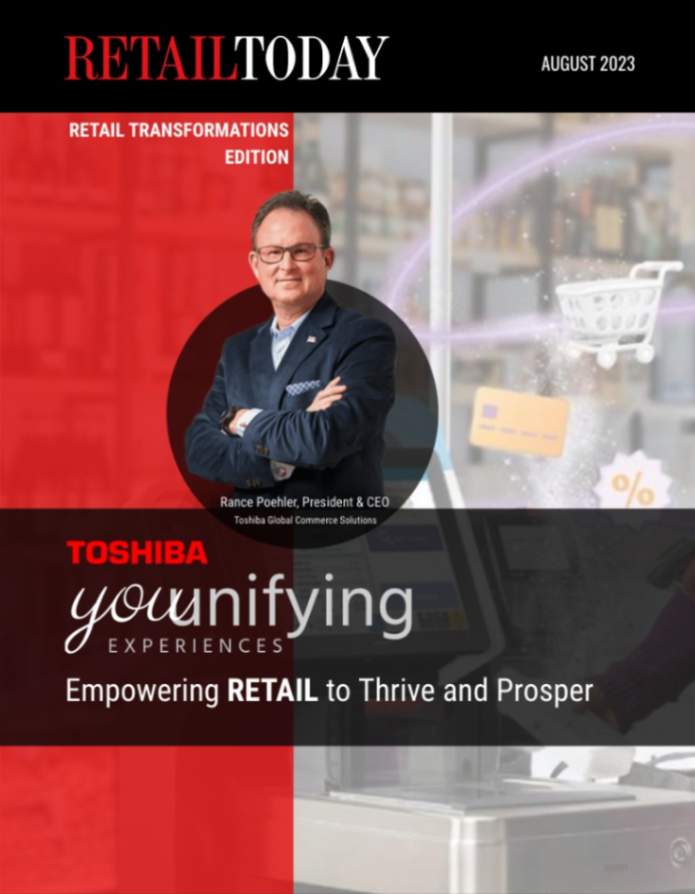
Back-to-school shopping is often notorious for two negative reasons: it’s expensive and it’s stressful. Parents are tasked with restocking nearly everything, every year – clothes, shoes, backpacks, lunch boxes, folders, pencils – the list goes on. The reality is that these items are not always grouped together in-store or online, making it difficult for parents to check every box, let alone meet the fickle needs of their kids’ unique taste and style.
The result? Parents search endless aisles trying to find the right items for their kids but are often rushed and overwhelmed by the choices. The other alternative is to go online and feel overwhelmed by decision fatigue based on pages and pages of search results. To get the most out of back-to-school shopping, retailers should reassess their merchandising strategy to prioritize convenience and cross-category spending, which will result in increased basket size.
In addition to the endless search for back-to-school supplies, parents are also concerned that the aggregate price of supplies is rising every year. In 2022, the average cost of school supplies jumped to a staggering $864, compared to 2019’s average of $696. After years of inflated prices across the board, parents are going to be extremely price sensitive and looking for deals and cash back, or switching from name brand to private label products. They want bang for their buck and they want to get in and get out of stores quickly.
Kids love the idea of endless options and making an event out of the back-to-school shopping process – parents don’t. It’s easier to have one option to pick up, park once, and get on with their busy days.
Retailers can help by implementing school essential bundle kits for ultimate convenience. Doing so helps to compete with online sales as well by offering specific, required supplies that are available in-store. This is also a key moment to hit parents up with items that should be on their back-to-school lists like cold medicine, books for the carpool lane, work-leisure clothes for volunteer days and a few gallons of hand sanitizer.
Bundles can also apply to a multitude of categories – apparel bundles, technology bundles, traditional school supplies bundles, and even healthy school lunch bundles. In fact, Barnes & Noble is piloting a bundle option at a community college in order to help reduce consumer friction and student costs. These bundle options provide perceived value in that, usually, they come at a slightly reduced price. Plus, there is the ‘grab and go’ convenience bonus factored in. The more convenient a task is for a parent or individual, the more likely they are to make continued purchases.
Another opportunity for convenience, aside from product bundles, is in-store layout and product merchandising. Instead of having back-to-school items spread across a sea of endless aisles, strategically organize related school products near each other. Creating a central hub of everything a parent needs helps them to stay organized and calm. It also helps them avoid missing an essential item that is not in a logical place while their kids are running amuck.
If the goal is to reduce friction during the shopping experience, it helps to have back-to-school supplies, clothes, technology, and other products conveniently located and prominently displayed. Having a thoughtfully merchandised store where products are easy to access and find, or even a section of a store, will help to increase spend generally and across categories.
Back-to-school shopping is already so hectic and over-saturated with choices. Retailers can remedy these issues in a way that deepens shopper loyalty by providing both cost benefits and convenience. Combining these two strategies will create an incentive for parents to return year after year for their big shopping sessions. In addition to that, by streamlining the shopping experience, those retailers will become known amongst parents as the go-to destinations, which is the ultimate seal of approval and the key to repeat trips.







